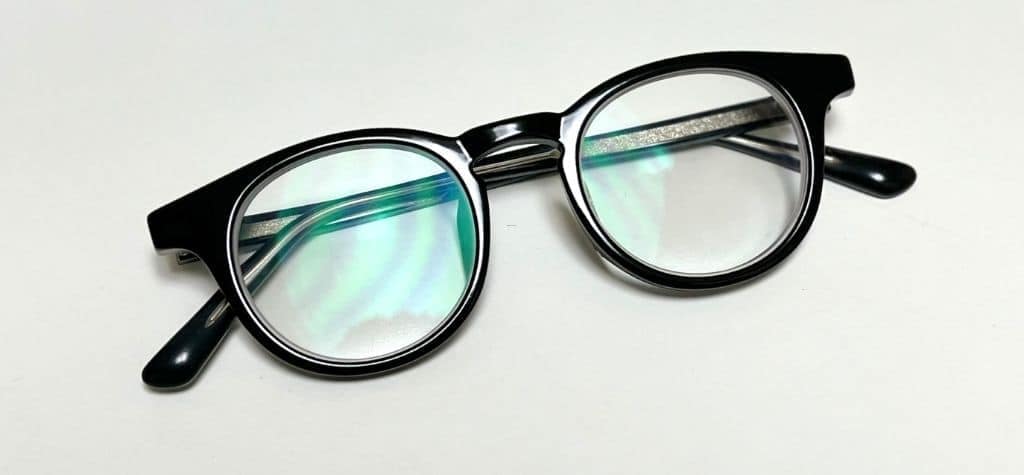If you have a strong eyeglass prescription and are tired of wearing thick, heavy lenses, you’ve likely heard about high-index lenses. In today’s world, where form meets function in eyewear, high-index lenses offer both style and visual clarity. But what exactly are they? And more importantly—are they right for you?
What Are High-Index Lenses?

High-index lenses are optical lenses made from materials that bend light more efficiently than standard lenses. This means they can correct vision using less material, making the lenses thinner and lighter than conventional plastic or glass lenses.
How High-Index Lenses Work
These lenses utilize advanced materials with a higher “refractive index,” which measures how efficiently the lens bends incoming light. A higher index results in a thinner lens that still provides the same level of vision correction.
Refractive Index Explained
- Standard Plastic (CR-39): Index ~1.50
- Polycarbonate: Index ~1.58
- High-Index Lenses: Range from 1.60 to 1.74
The higher the index, the thinner and flatter the lens.
Different Types of High-Index Lenses
- 1.60 Index: Lightweight, good for moderate prescriptions
- 1.67 Index: Significantly thinner, suitable for high prescriptions
- 1.74 Index: Ultra-thin, best for very strong prescriptions
Who Should Use High-Index Lenses?
These lenses are ideal for:
- Nearsighted (Myopia): Especially above -4.00 diopters
- Farsighted (Hyperopia): Prescriptions over +4.00 diopters
- Astigmatism: Where cylinder values are high
- Bifocal or multifocal users seeking thinner options
Benefits of High-Index Lenses
- Thinner and lighter: Especially in strong prescriptions
- Reduced lens bulge: Less eye distortion
- Stylish appearance: More frame compatibility
- Improved comfort: Lighter frames mean less strain on the nose and ears
Comparison with Standard Lenses

| Feature | Standard Lenses | High-Index Lenses |
|---|---|---|
| Thickness | Thicker | Thinner |
| Weight | Heavier | Lighter |
| Aesthetic | Bulky | Sleek |
| Prescription Range | Limited | Broad |
Disadvantages of High-Index Lenses
- Cost: More expensive than basic lenses
- Glare: Higher reflection unless treated with anti-reflective coating
- Fragility: Can be more brittle than standard lenses
High-Index Lenses for Astigmatism
People with high levels of astigmatism benefit from high-index lenses that maintain clarity without the thickness associated with cylindrical corrections.
High-Index Lenses for Myopia and Hyperopia
Whether your prescription is for nearsightedness or farsightedness, high-index lenses offer a more manageable and visually appealing solution.
Are High-Index Lenses Worth It?
If aesthetics, comfort, and lightweight eyewear are important to you—and especially if your prescription is strong—high-index lenses are a worthwhile investment.
Materials Used in High-Index Lenses
Most are made from advanced plastic polymers that are durable yet lightweight. Some use special coatings to enhance scratch resistance and UV protection.
Anti-Reflective Coating Importance

Because high-index lenses reflect more light, adding an anti-reflective (AR) coating is essential. It reduces glare, improves night vision, and enhances appearance.
High-Index vs. Polycarbonate Lenses
While polycarbonate lenses are impact-resistant and good for active lifestyles, high-index lenses are thinner and better for strong prescriptions. Polycarbonate’s index is lower (~1.58) compared to true high-index lenses (1.60+).
Impact on Frame Selection
Thinner lenses offer greater flexibility in choosing lightweight, rimless, or semi-rimless frames without compromising on style or lens stability.
Style and Aesthetics
High-index lenses maintain a sleek, flat profile, eliminating the “coke-bottle” look often associated with thick lenses.
Comfort and Wearability
Their lightness makes them ideal for extended wear, reducing fatigue on the ears, nose, and face.
Cost of High-Index Lenses
Prices can vary widely but typically range from $100 to $400, depending on index level, coatings, and brand.
Insurance and High-Index Lenses
Some vision insurance plans cover part of the cost. Always check with your provider for eligibility and reimbursement options.
Maintenance and Care Tips

- Use a microfiber cloth for cleaning
- Avoid household cleaners with ammonia
- Store lenses in a protective case
- Invest in scratch-resistant coatings
Where to Buy High-Index Lenses
You can purchase them from:
- Optical retailers
- Online eyewear stores
- Eyecare professionals
Common Misconceptions
- Myth: High-index lenses break easily
Fact: They’re durable when properly cared for. - Myth: They’re only for seniors
Fact: People of all ages use them for various prescriptions.
FAQs
Q1: What is the highest index for lenses?
1.74 is currently the highest available, offering maximum thinness.
Q2: Are high-index lenses better than polycarbonate?
They are thinner and more suited for strong prescriptions, while polycarbonate is better for safety and impact resistance.
Q3: Do I need an anti-reflective coating?
Yes, especially with high-index lenses due to increased surface reflectivity.
Q4: Can children use high-index lenses?
Yes, especially if they have strong prescriptions and need lighter frames.
Q5: Are high-index lenses scratch-resistant?
They are not inherently scratch-resistant but can be treated with special coatings.
Conclusion
High-index lenses represent a smart and stylish upgrade for anyone with a strong vision prescription. Their sleek profile, lightweight feel, and versatility make them a preferred option for those seeking function and fashion. If you’re tired of thick lenses weighing you down—literally and visually—high-index lenses are a worthwhile investment to consider for your next pair of glasses.

